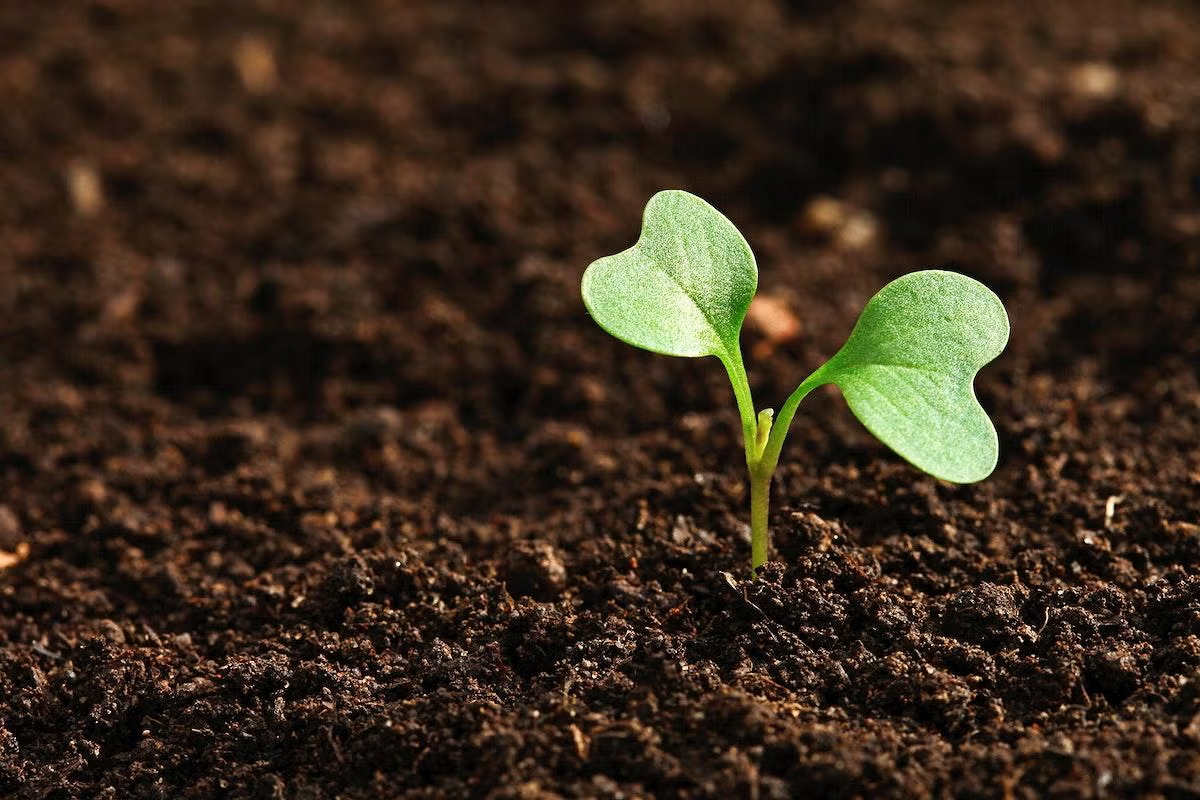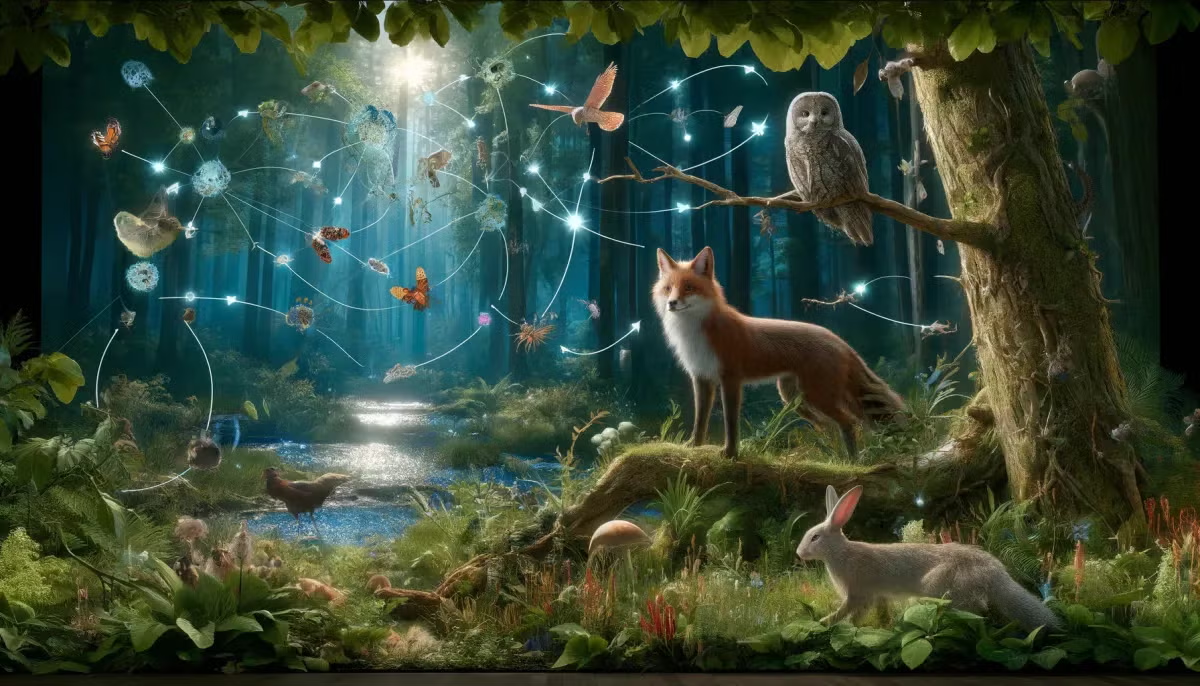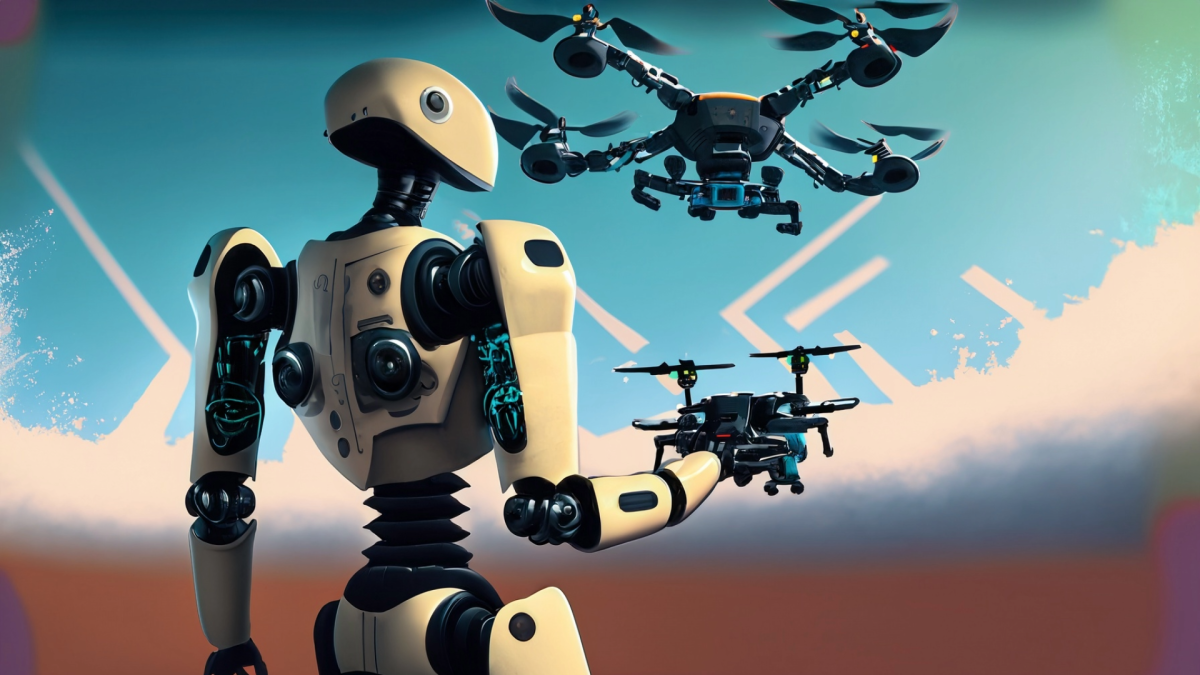Students will learn about animals that are native to their area and design and engineer their own animal bridge to help a specific animal species of their choosing to cross the road safely. There is
In this lesson, students will be introduced to 3D printing. Students will be put into groups and challenged to engineer a structure using a 3D pen. Whichever structure is both the tallest and
In this lesson, students will construct an argument supported by evidence for how plants and animals (including humans) can change the environment to meet their needs. There is a story integration
This lesson is designed to create a 3D model and circle graph that will represent where water in different parts of the hydrosphere is located. The purpose is to get students thinking and problem
How could a zombie outbreak happen? In this lab, students will observe how quickly an unknown disease can spread by mixing water from a cup with their peers' water. Contaminated students have iodine
The Challenge: Design and build a piece of furniture out of cardboard! In this engaging and creative lesson, students embark on a design challenge with criteria and constraints. Students develop an
Could Iron Man actually survive a superhero landing? In this lesson, students follow the engineering design process to create a "suit" for an egg to protect it from being dropped on the ground. They
In this lesson, students will be introduced to the phenomenon of paper/air pressure rocketry. Students will make a memorable and hands-on connection with the transfer of energy when they create and
This is a lesson on measurement and problem solving! The king needs to find a birthday present for the queen, but what do you get for someone who has everything? He decides to build her a bed (before
In this hands-on lesson, students identify Newton’s Laws of Motion, analyze the difference between force and motion, compare balloon car designs with group mates and demonstrate how to design and test
In this hands-on lesson, students collaborate with partners to create a game in which they practice their multiplication and division facts. This is an engaging way for students to develop fact
Students will plant seeds and measure their plant growth over time in this hands-on lesson. They will record their data in a chart and create a line plot and bar graph to visually represent collected
In this lesson, students will design and test solutions to protect their homes during monsoon flooding. They will discuss flooding in Arizona and then research ways to protect their homes. Students
This lesson allows students to create their own ecosystem to gain a better understanding of how each part works with each other and why they are so important. They will show proficiency when they
In this problem-solving lesson, students learn about our landfills and come up with a solution using robots! Did you know, according to data from Waste Business Journal, American landfills only have
Let's talk about waste! Situation: Many items are thrown in the trash every day at school. As a class, track data to determine what the top 5 most frequently discarded items are on your campus
Students get hands-on learning about 2D cross sections of 3D objects with this creative food lesson! From brownies to pickles, students will use food to describe what a cross section is of a 3D shape
In this hands-on lesson, students will use technology (or paper/ pencil) to create a monster using specific polygons. They will measure and describe their monster to a partner who will then re-create
In this lesson on Genetic Variations, Inheritance, and Natural Selection, students will explore how genetic variations occur in offspring through the inheritance of traits or mutations. They will also
Students will use the story "The Mice Who Lived in a Shoe" to design and build a new house for the mice. They will work collaboratively to complete this project. The house will have to protect the
Built as a month long, end of year project, students get to discover the water quality of several geographically different natural water sources by completing field research and data collection. As a
Students will learn about how energy can be transferred from wind into electricity. Students will work in groups to design a wind turbine, research how turbines and generators work, build a turbine
This lesson will allow students to learn more about 3D printing design and the engineering process. Students will brainstorm different needs in their community and people who could benefit from
Students will apply concepts of money and solve real-life money word problems by creating a robot taco truck! They will drive it to other groups of students to sell their favorite foods using a remote
Featured Lesson Plans
Check out these notable lesson plans.

Best Class Plant

Magic Magnets: Flying Butterfly

